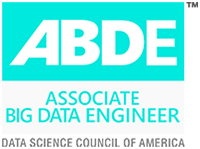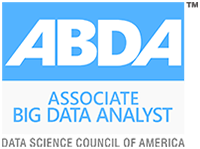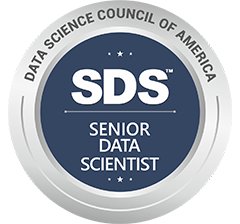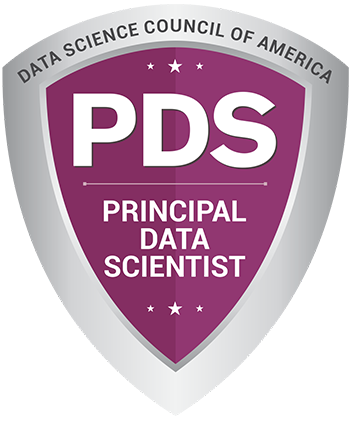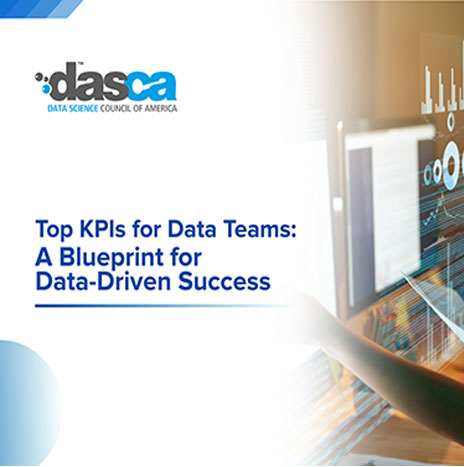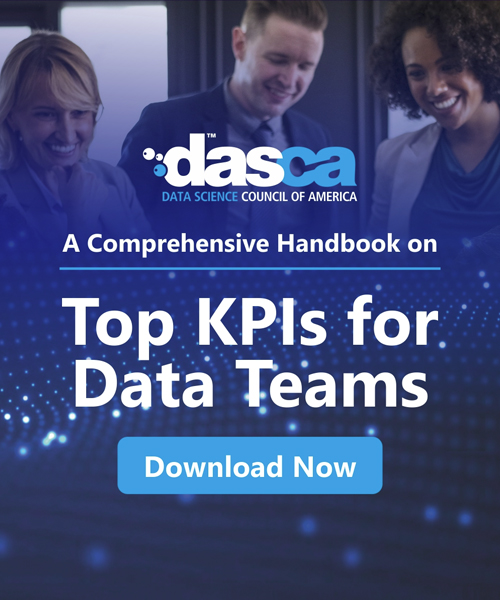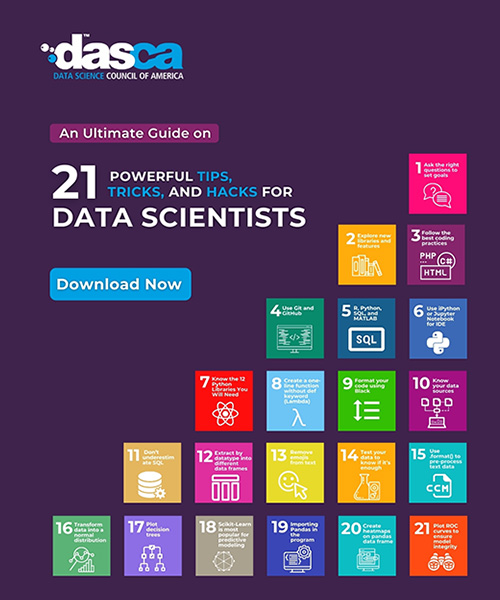
We find ourselves amidst an era that will undoubtedly be recorded as the dawn of the AI age, marked by the rapid expansion of technological advancements in the field. The tools and systems powered by AI have become increasingly sophisticated and within reach for many. Nonetheless, the emergence of ChatGPT has reignited concerns regarding the possibility of AI surpassing human capabilities in the workforce. However, it is widely accepted that we still have a considerable time span ahead of us before AI is capable of singlehandedly conceptualizing and executing end-to-end data product design and development.
What is the ChatGPT and what are its capabilities?
Developed by OpenAI, an AI and research company, ChatGPT is a sophisticated natural language processing tool, powered by AI technology, that enables you to engage in human-like conversations and much more with its chatbot. This AI language model is equipped to address your queries and aid you with a diverse range of tasks, such as drafting emails, composing essays, and even coding.
As per the analysis conducted by Swiss bank UBS, ChatGPT has emerged as the most rapidly expanding application in history. The evaluation suggests that the tool has garnered a staggering 100 million active users within two months of its launch.
Here are some of the things that ChatGPT can do:
- Answer questions: It can answer questions on a wide variety of topics, from history and science to pop culture.
- Generate text: ChatGPT can generate text in a variety of styles, from informative and persuasive to innovative.
- Translate languages: The software application can translate text between different languages, although its accuracy may vary depending on the complexity of the languages involved.
- Complete tasks: ChatGPT can perform a variety of tasks, such as scheduling appointments, setting reminders, or even ordering products.
How good is ChatGPT for big data engineers?
ChatGPT is a powerful tool that can be leveraged to produce synthetic data for enriching existing datasets. Consider a scenario where a data engineer needs to enhance a limited dataset or test new algorithms on a vast volume of data. In such cases, ChatGPT can create plausible yet imaginary customer data to augment the dataset, enabling the engineer to gain insights into the performance of their models. Additionally, when it is impractical or infeasible to use genuine data due to privacy concerns, ChatGPT can be a valuable resource for generating synthetic data.
Big data engineers often use machine learning algorithms to analyze their data. ChatGPT can help them understand the different types of machine learning algorithms and choose the best one for their specific use case.
For example, when asked the tool if it can assist in understanding ML algorithms, the answer goes like this:
Prompt: Can you explain different types of ML algorithms?
Certainly, I can give you an overview of the different types of machine learning algorithms.
There are three main types of machine learning algorithms: supervised learning, unsupervised learning, and reinforcement learning.
Supervised Learning: Supervised learning is a type of machine learning algorithm that involves learning from labeled data. In supervised learning, the algorithm is trained using a set of input/output pairs, and the goal is to learn a mapping function that can predict the output for new input data. The algorithm learns from the examples provided by the data, and once trained, it can be used to make predictions on new, unseen data.
Examples of supervised learning algorithms include linear regression, logistic regression, decision trees, random forests, and neural networks.
Unsupervised Learning: Unsupervised learning is a type of machine learning algorithm that involves learning from unlabeled data. In unsupervised learning, the algorithm is not given any labeled data, and the goal is to find patterns and relationships in the data. The algorithm learns to identify structure in the data by clustering similar data points together or by reducing the dimensionality of the data.
Examples of unsupervised learning algorithms include clustering algorithms such as k-means, hierarchical clustering, and density-based clustering, as well as dimensionality reduction algorithms such as principal component analysis (PCA) and t-distributed stochastic neighbor embedding (t-SNE).
Reinforcement Learning: Reinforcement learning is a type of machine learning algorithm that involves learning through trial and error. In reinforcement learning, the algorithm learns to make decisions based on feedback from its environment. The algorithm receives rewards or penalties based on its actions, and the goal is to maximize the cumulative reward over time.
Examples of reinforcement learning algorithms include Q-learning, SARSA, and deep reinforcement learning algorithms.
These are the three main types of machine learning algorithms. Each type has its strengths and weaknesses, and the choice of algorithm depends on the problem you are trying to solve and the nature of your data.
We are aware of the fact that big data engineers need Python because it is a versatile and powerful language for data processing, analysis, and visualization, with extensive libraries and frameworks.
To create a graph for the dataset, we will first need to import some Python libraries that will help us visualize the data. We will be using the matplotlib and seaborn libraries for this purpose.
Prompt: I want you to act as a coder in Python and describe a graph for (provide dataset details).
Here's the Python code to create a scatter plot for the given dataset
import matplotlib.pyplot as plt
import seaborn as sns
# Define the data
person = [1, 2, 3, 4, 5, 6, 7, 8, 9, 10, ..., 100]
age = [27, 32, 41, 24, 36, 52, 48, 29, 31, 44, ..., 39]
income = [45, 55, 72, 38, 65, 85, 78, 48, 52, 70, ..., 68]
# Create a scatter plot
sns.scatterplot(x=age, y=income)
# Set the title and labels
plt.title('Age vs Income')
plt.xlabel('Age')
plt.ylabel('Income (in thousands of dollars)')
# Show the plot
plt.show()
This code will create a scatter plot with age on the x-axis and income on the y-axis. Each dot on the plot represents a person, with the x-coordinate corresponding to their age and the y-coordinate corresponding to their income. The plot will have the title "Age vs Income", and the x-axis and y-axis will be labeled accordingly.
Can ChatGPT replace big data engineers?
Although ChatGPT has the potential to facilitate data engineers in performing their tasks with greater efficiency, speed, and reduced resource consumption, it cannot entirely substitute them. The AI-powered chatbot utilizes contextual information to generate natural language responses, making it proficient in processing vast amounts of data and addressing queries relevant to its content. Nevertheless, despite this remarkable ability, ChatGPT still has limitations due to its inability to demonstrate creativity and human expertise. To be a data engineer, one must possess a profound comprehension of systems and processes that are currently beyond ChatGPT's capability to replicate.
If anything, it could be the absence of cutting-edge expertise to tackle the intricate challenges of the 21st century that can serve as a potential threat jeopardizing the job security of data engineers.
ChatGPT can help big data engineers in several unique ways:
- Natural Language Processing (NLP) Tasks: ChatGPT can be used to perform various NLP tasks on large datasets, such as text classification, sentiment analysis, entity recognition, and language translation. This can help big data engineers extract insights from unstructured data and improve the accuracy of their analyses.
- Text Generation: It can be used to generate synthetic text data for various purposes, such as testing algorithms, simulating user behavior, and generating training data for machine learning models. This can help big data engineers overcome the challenge of limited and biased data and improve the performance of their models.
- Question Answering: The AI language model can be used to answer natural language questions about a given dataset, which can be useful for data exploration and analysis. This can help big data engineers save time and reduce the need for manual data inspection.
- Data Visualization: ChatGPT can be used to generate natural language descriptions of visualizations and charts, which can help big data engineers communicate insights to non-technical stakeholders. This can improve the effectiveness of data-driven decision-making and increase the impact of data-driven initiatives.
- Knowledge Extraction: Extraction of structured knowledge from unstructured data, such as extracting named entities and relations from text data is possible with ChatGPT. This can help big data engineers build knowledge graphs and ontologies, which can improve the efficiency of data integration and analysis.
Closing thoughts…
To achieve a true understanding of how data transforms into meaningful information, AI chatbot algorithms must possess a comprehension of the real world. However, this level of understanding can only be attained through the development of artificial general intelligence. Until then, AI will serve to enhance the productivity and speed of data engineers, particularly in areas such as data modeling, analysis, and overcoming programmer's block.




